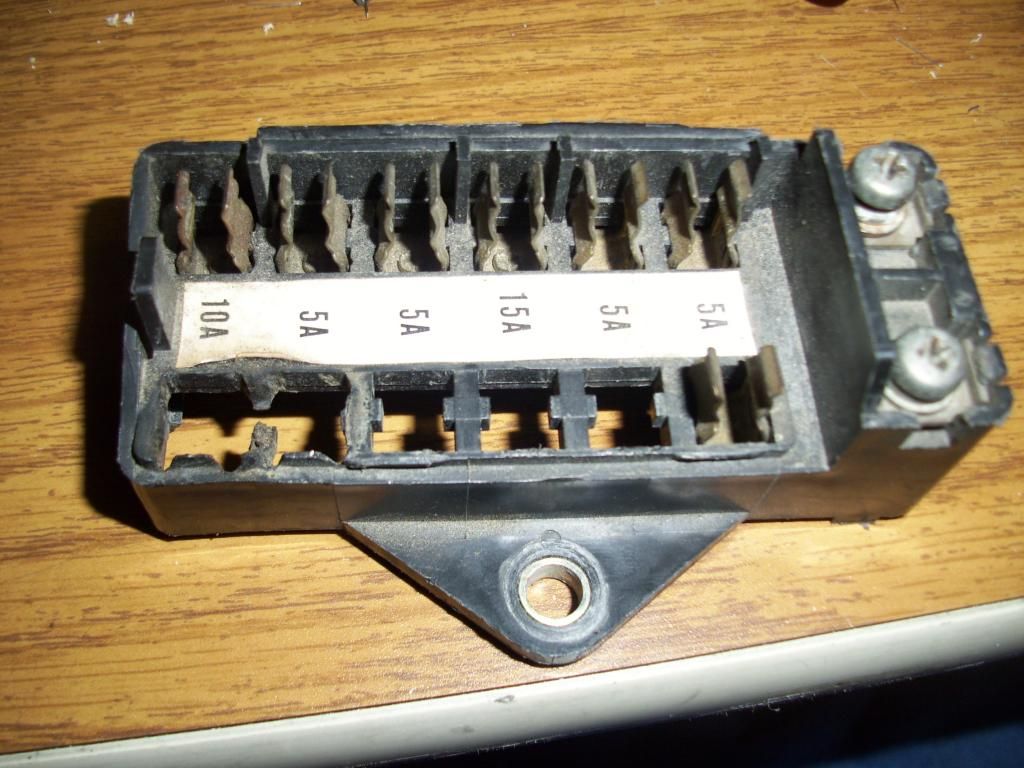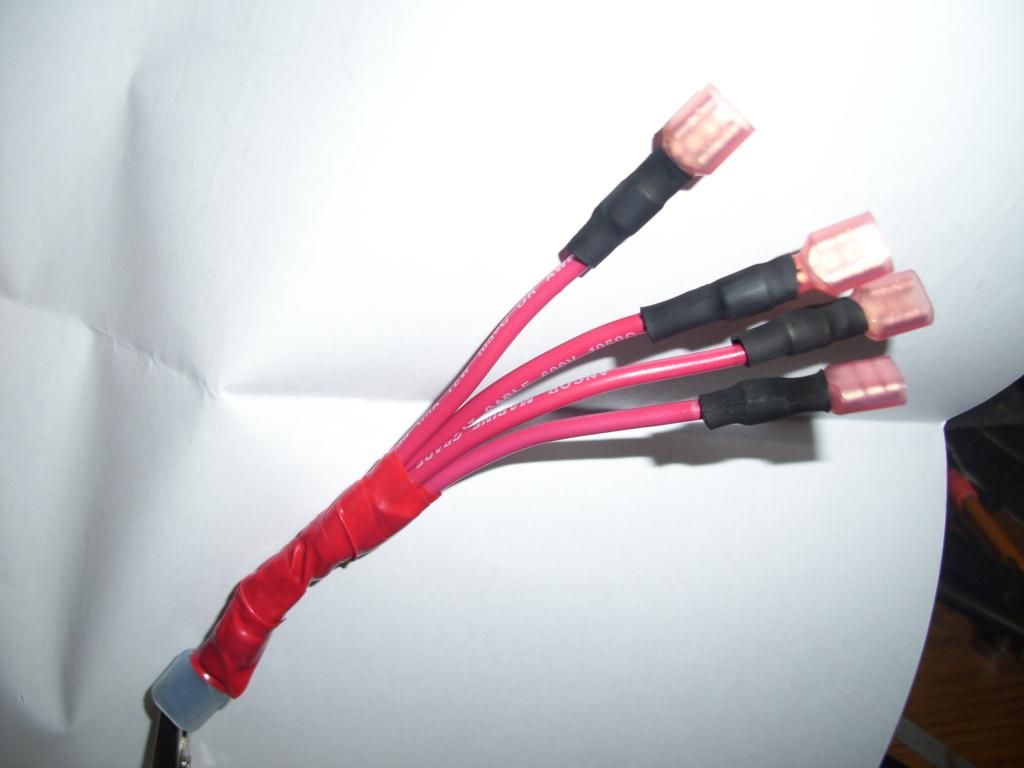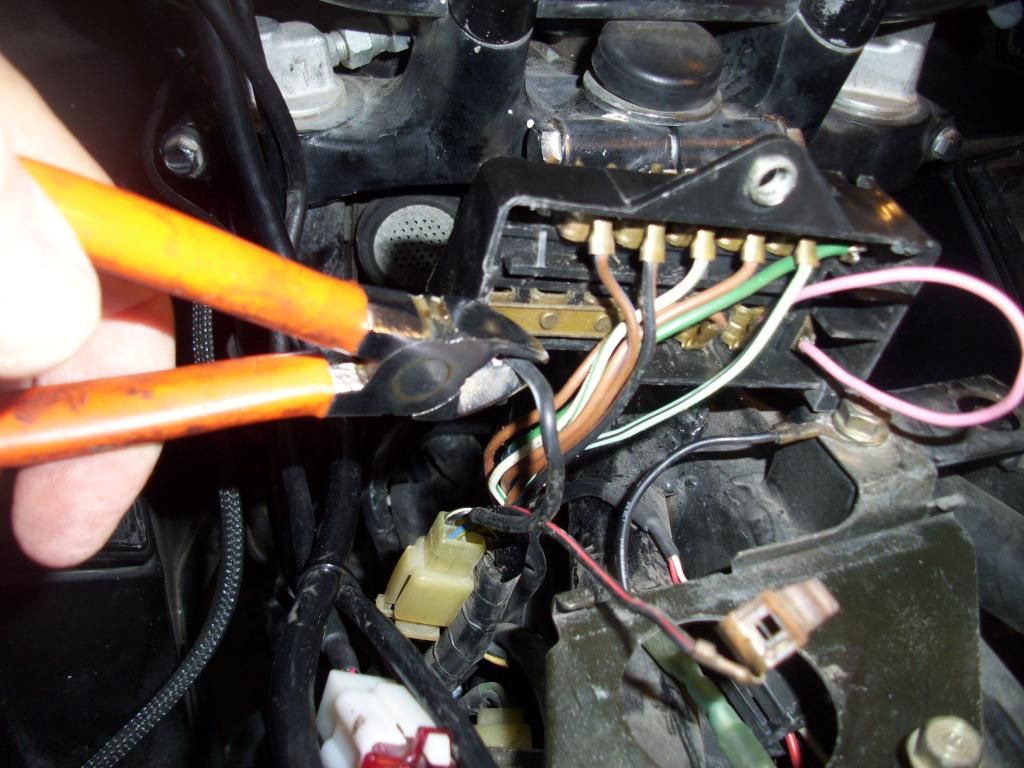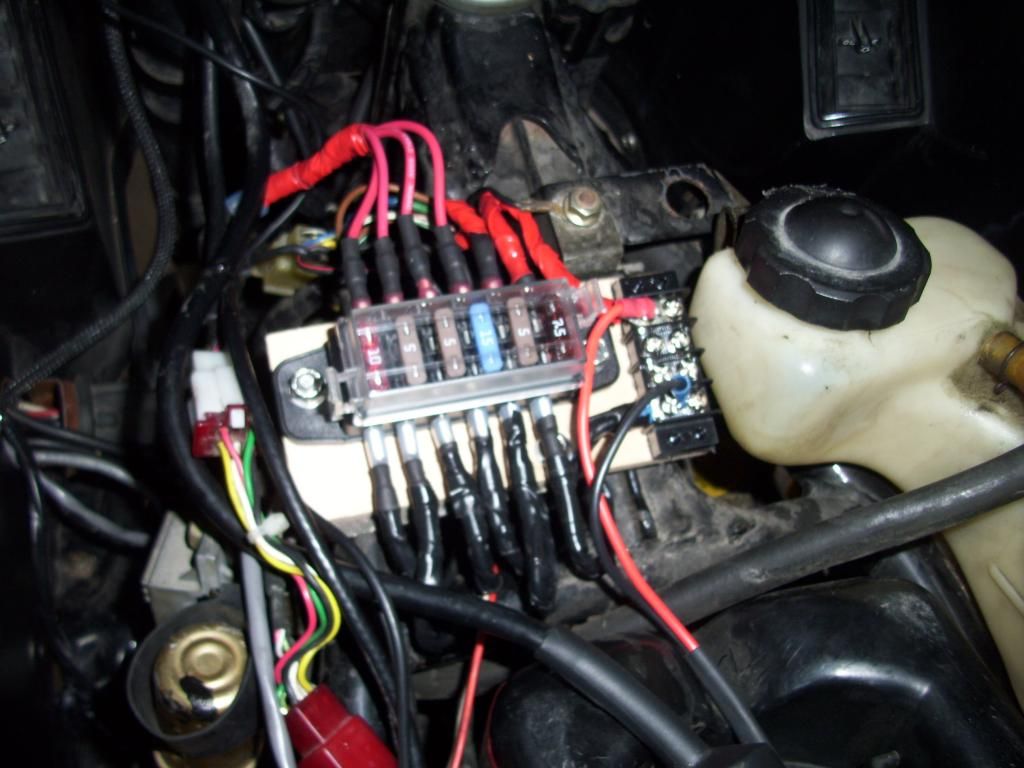My ride home from the office takes me through some dark and dangerous areas as I pass from the more city like suburb where my employment is to the muchmore rural area I live. As I transition from one place to the next the traffic thins, and the street lights fade and the buildings give way to fields, trees and farms. During the summer it is very peaceful to ride away from the noise, hustle and bustle and congestion of the populace and into the calm countryside. In the late Fall this brings with it a whole new danger especially once the hunting season starts.
The darkness hides the animals waiting in the ditches for their chance to cross the street. Deer especially seem to litter the shoulder during the fall as they become more active looking for a mate, finding food sources as the farmer harvests the fields, and in general keeping ahead of hunters who are seeking to have them as a trophy and sausage.
Of course this forces them to the roadway, and they seem to not be able to discern when it is safe to cross, often walking out into traffic without looking, and suffering the consequences of such dire actions. Dead deer carcass' are commnplace in Wisconsin in the fall from the many car-deer collisions and I worry about becoming a statisitic caught up in this folly known as fall rutting season.
 |
| Before adding driving lights |
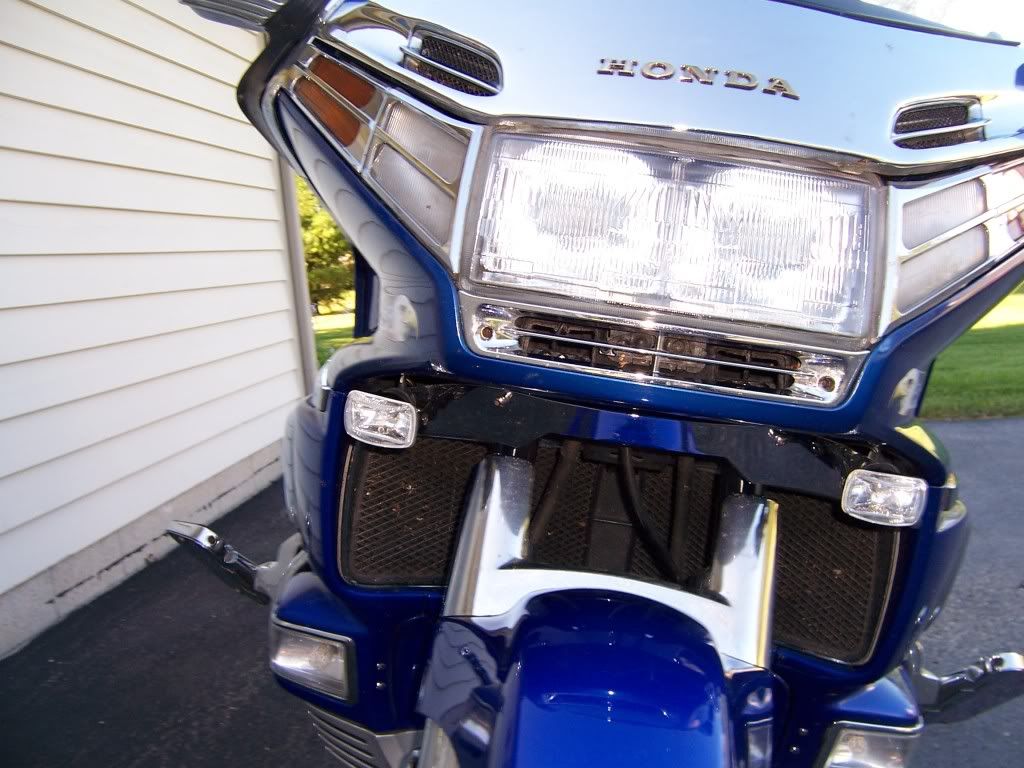 So I decided to add some driving lights. The Goldwing is equiped with some pretty decent headlights to begin with at 45W lows and 55W high beams. I had spent the extra money to upgrade these to 55/65 and the Silverstar high output bright white bulbs. There are 2 bulbs in the headlight assembly so running with my low beams on I had 110 watts of forward facing bright white light at all times. But that wasn't enoogh ...So I added some driving lights I found at Wal*mart. These Optronic Platinum Burners were rated at 55 Watts each and I mounted them to the front on a reshaped chrome trim under the fairing , just below the levelof the headlights.
So I decided to add some driving lights. The Goldwing is equiped with some pretty decent headlights to begin with at 45W lows and 55W high beams. I had spent the extra money to upgrade these to 55/65 and the Silverstar high output bright white bulbs. There are 2 bulbs in the headlight assembly so running with my low beams on I had 110 watts of forward facing bright white light at all times. But that wasn't enoogh ...So I added some driving lights I found at Wal*mart. These Optronic Platinum Burners were rated at 55 Watts each and I mounted them to the front on a reshaped chrome trim under the fairing , just below the levelof the headlights.
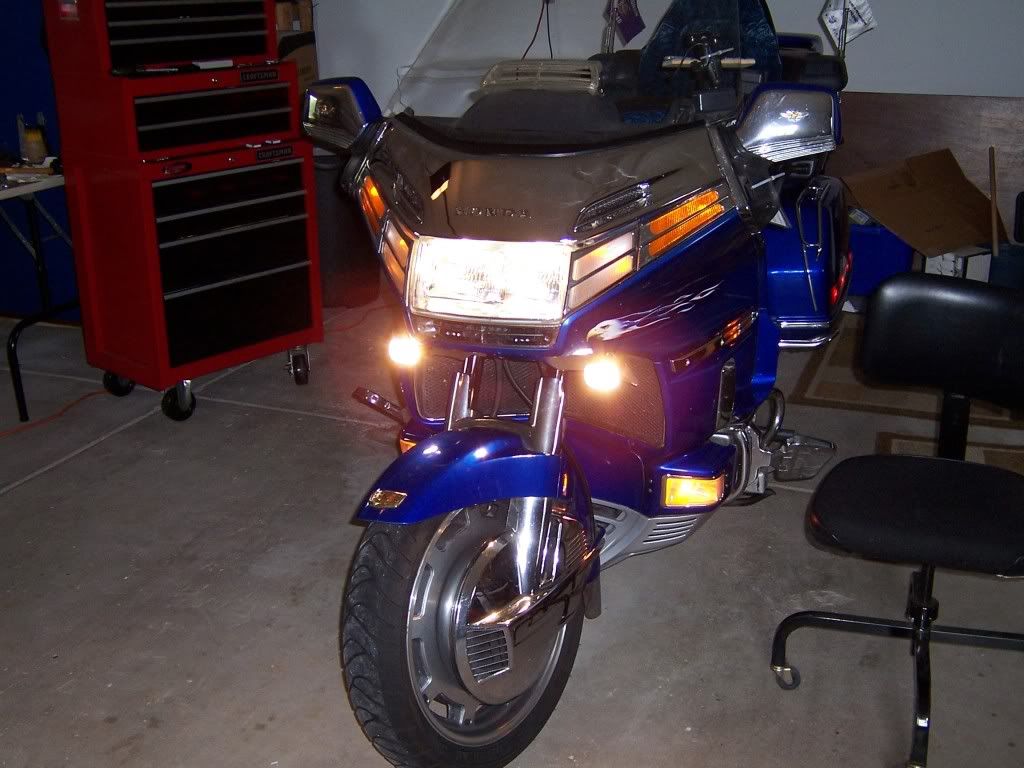 |
| Driving Lights Mounted |
Another advantage is the average car driver; who would not be accustomed seeing a motorcycle out in the late fall typically, will easily see me coming as I am sure I must look like an airplane on final approach with landing lights blazing as I trundle down the roadway.


